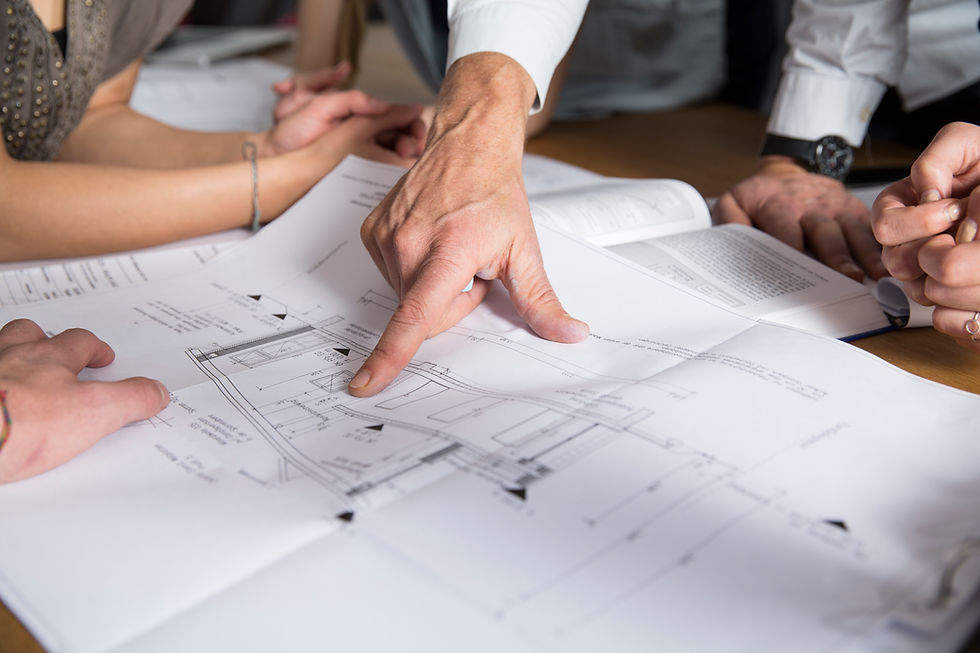3D Printed Construction
- Clements Wimsatt Architects

- Apr 20, 2020
- 2 min read
Updated: Oct 14, 2022
Let's visualize for a moment the complexity of our current construction practice. Architects and engineers specify and design buildings with thousands of components, intersections, and relationships to be made between them. The contractors are then faced with the logistical challenge of mobilizing those components, assembling them onsite, and coordinating the different trades to complete the project. Meanwhile, the owner is paying for all of this complexity. The current construction methodologies are extremely inefficient and are considered one of the primary culprits for the affordable housing crisis in many cities throughout the world.
Now Imagine for a moment, the future. Architects and engineers design a project able to be printed. The contractor receives the files and uses them to print modules in a factory or on-site. They then coordinate the assembly of those modules into a complete building. This sounds like science fiction to some but we are not far from this becoming a reality. Today there are several examples of large 3D printers using special concrete mixtures to not pour but print shells of small structures.
Like their smaller counterparts, the technology is quite simple. Direct a hardening material (concrete) into a specific location guided by a computer model. Layer the material one row at a time until the structure is complete.

In addition to simplifying the process of construction, 3D printing unlocks a greater variety of design possibilities. Because the computer is more involved with the physical construction it provides us with the ability to create complex shapes and forms creating a new age of unique architecture. Combining 3D printing with CNC mills, pre-fab, and modular practices would unlock even more unique possibilities.
Like a lot of new technology, there are a few limitations and challenges to overcome. Some of these are the upfront expense of the equipment, uncertainty in reliability, the limited skilled labor market, and greater upfront soft costs in pre-design coordination. Also, though concrete is a great structural material that is extraordinarily flexible, it lacks energy efficacy and is known to be a porous material allowing water to pass through. It may take a combination of printable materials for the technology to truly take flight.
No matter, 3D printed construction has the potential to unlock huge benefits. It could be revolutionary, holding the key to solving complex social issues related to the built environment. The future is bright for this technology.
© 2020 by Clements Wimsatt Architects PLLC


Comments